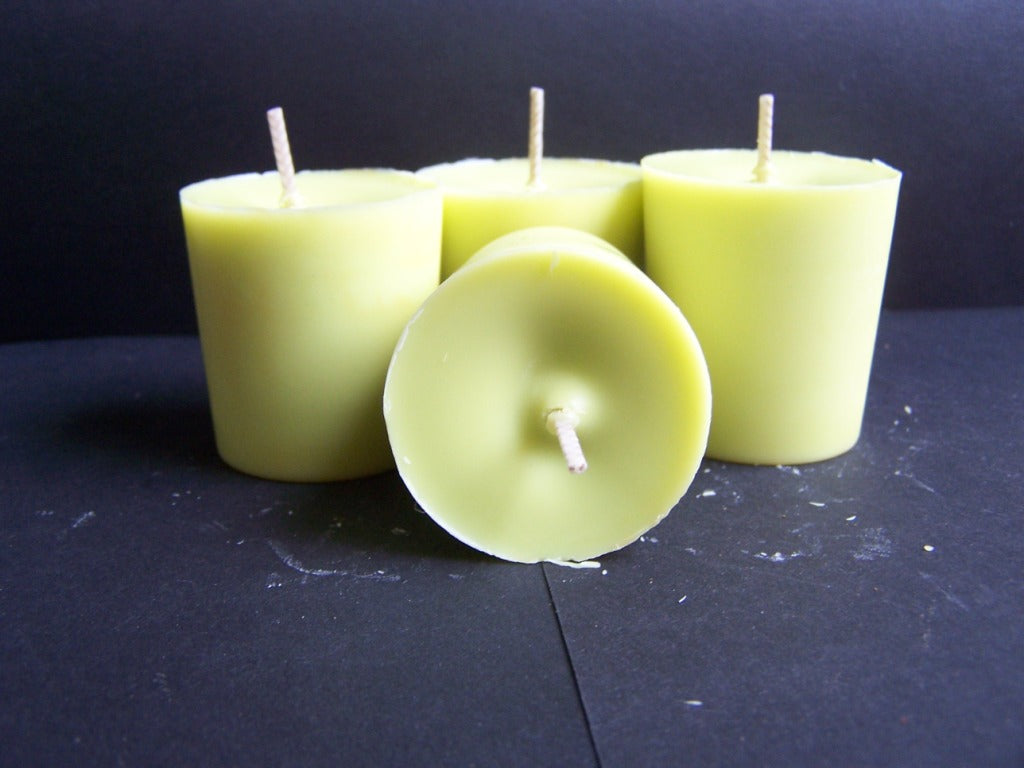Elevate Your Space with Premium Soy Wax Candles and Home Fragrance
Elevate Your Space with Premium Soy Wax Candles and Home Fragrance
Blog Article
From Wick to Wax: Comprehending the Chemistry Behind Soy Wax Candles and Their Ecological Influence
As we illuminate our rooms with the cozy radiance of candles, there lies a realm of detailed chemistry behind the relatively simple act of lighting a soy wax candle. The choice in between soy and paraffin wax prolongs beyond mere aesthetics, diving right into the world of environmental impact and the extremely make-up of the materials. Comprehending the molecular structure of soy wax and its burning process drops light on the discharges released right into our environments. Join us as we unravel the clinical details behind soy wax candles and discover their implications on our setting.
Soy Wax Vs. Paraffin Wax
When contrasting soy wax and paraffin wax for candle light making, it is necessary to recognize the distinctive qualities and benefits of each product. Soy wax is a natural, renewable energy stemmed from soybean oil, making it eco-friendly and biodegradable - soy wax candles. On the other hand, paraffin wax is a by-product of oil refining, which increases problems regarding its environmental effect and sustainability
Soy wax candles shed cleaner and emit less residue contrasted to paraffin wax candle lights, making them a healthier choice for indoor air quality. In addition, soy wax has a lower melting factor, enabling a longer-lasting candle light that disperses fragrance better. Paraffin wax, on the various other hand, has a tendency to melt faster and much less cleanly, possibly releasing damaging chemicals right into the air.
From a sustainability point of view, soy wax is favored for its biodegradability and sustainable sourcing, aligning with the expanding customer preference for eco aware items. While paraffin wax has actually been a conventional choice in candle making as a result of its cost and ease of usage, the change in the direction of green alternatives like soy wax is acquiring momentum in the market.
Chemical Composition of Soy Wax

Burning Refine in Soy Candles
The chemical make-up of soy wax straight affects the combustion process in soy candles, influencing aspects such as shed time, scent launch, and environmental effect. When a soy candle light is lit, the warm from the flame thaws the wax near the wick. This fluid wax is then drawn up the wick due to capillary activity. As the liquid wax gets to the flame, it evaporates and undergoes combustion. The combustion process entails the vaporized hydrocarbons in the wax reacting with oxygen in the air to create warm, light, water vapor, and carbon dioxide.
The combustion effectiveness of soy candle lights is influenced by the pureness of the soy wax and the high quality of the wick. A clean-burning soy candle light with an effectively sized wick will produce a consistent fire and lessen soot formation. This not just expands the shed time of the candle light but likewise enhances the release of fragrances. Additionally, soy wax candles have a reduced environmental influence compared to paraffin candle lights due to their eco-friendly and naturally degradable nature.

Environmental Advantages of Soy Wax

Thought about a lasting option to standard paraffin wax, soy wax offers remarkable ecological benefits that make it a popular option amongst eco-conscious customers. Soy wax burns cleaner and produces less residue than paraffin wax, adding to far better interior air high quality and reducing the need for cleansing and upkeep. In general, the environmental advantages of soy wax align with the expanding demand for environmentally friendly and sustainable items website link in the market.
Recycling and Disposal Factors To Consider
Recycling and hop over to here proper disposal of soy wax candles play an important duty in keeping ecological sustainability and lowering waste in houses and communities. When it comes to reusing soy wax candles, the first action is to guarantee that the candle light has actually melted entirely.

In terms of disposal, if recycling is not an alternative, soy wax candle lights are naturally degradable and can be safely taken care of in a lot of house waste systems. Nonetheless, it is constantly recommended to contact neighborhood recycling centers or waste administration services for certain guidelines on candle disposal to ensure proper handling and ecological security.
Final Thought
Finally, the chemistry behind soy wax candle lights reveals their environmental advantages over paraffin wax candles. Soy wax, obtained from soybean oil, burns cleaner and creates much less soot when compared to paraffin wax. The burning process in soy candles is a lot more reliable, resulting in a longer and a lot more even melt. Additionally, soy wax is sustainable and eco-friendly, making it a more lasting choice for candle production. Recycling and appropriate disposal of soy wax candles better contribute to their ecological effect.
When contrasting soy wax and paraffin wax for candle making, it is crucial to recognize the distinct characteristics and advantages of each material (home fragrance).Soy wax candles shed cleaner and send out less soot contrasted to paraffin wax candle lights, making them a Go Here much healthier selection for interior air quality.Taken into consideration a lasting choice to traditional paraffin wax, soy wax provides significant environmental benefits that make it a popular option amongst eco-conscious consumers. Soy wax burns cleaner and generates less soot than paraffin wax, adding to far better indoor air high quality and reducing the need for cleaning and upkeep.In final thought, the chemistry behind soy wax candle lights exposes their ecological benefits over paraffin wax candles
Report this page